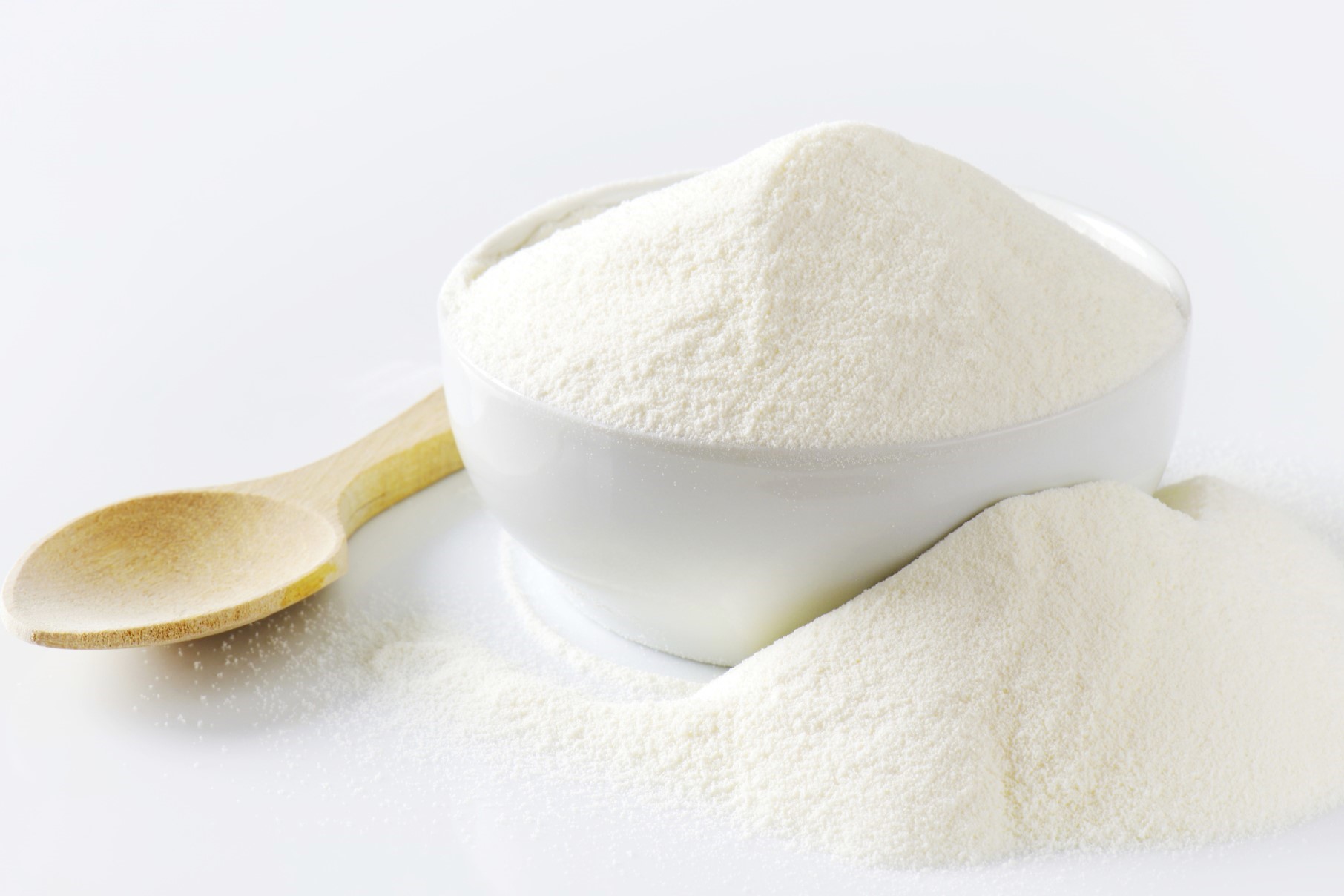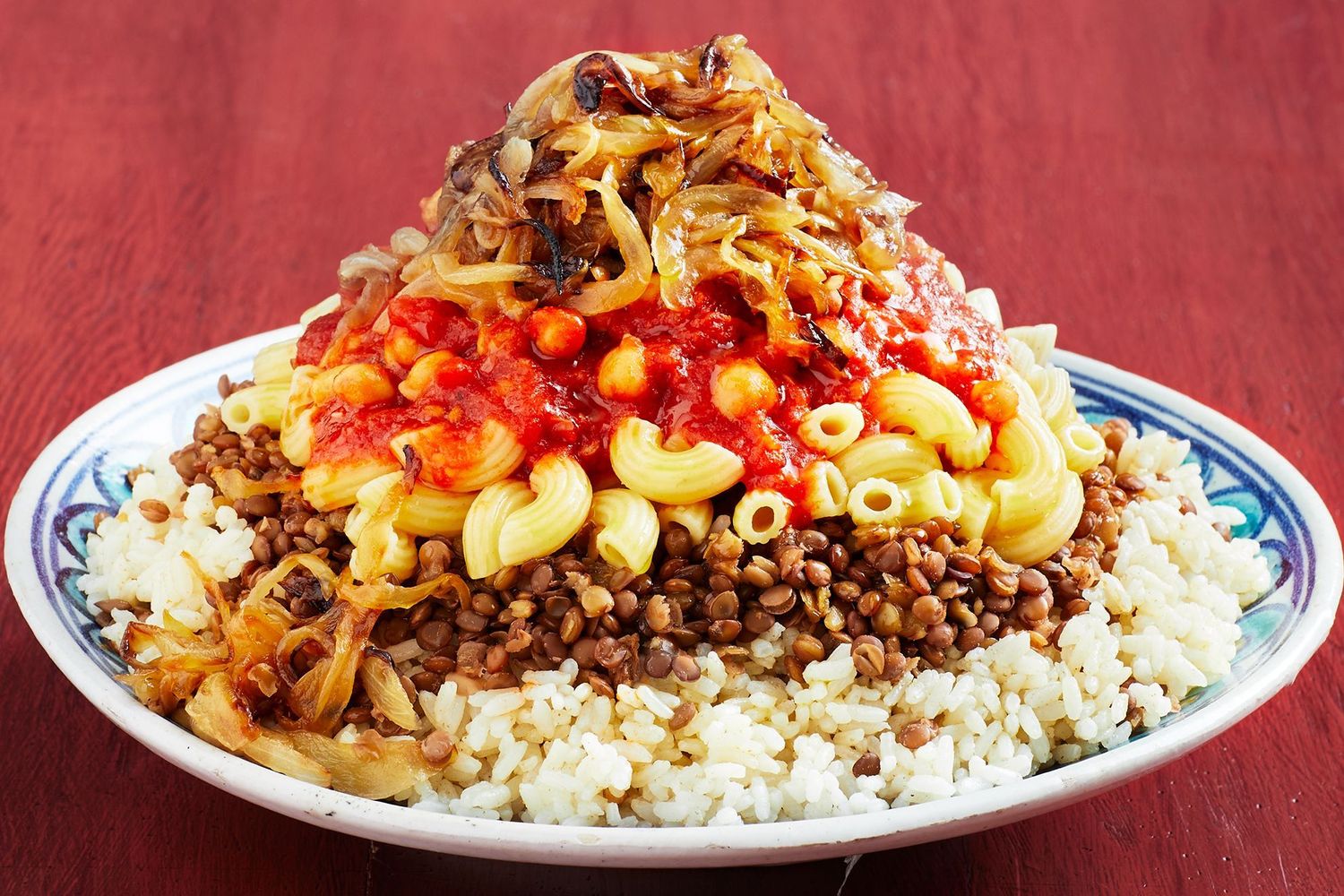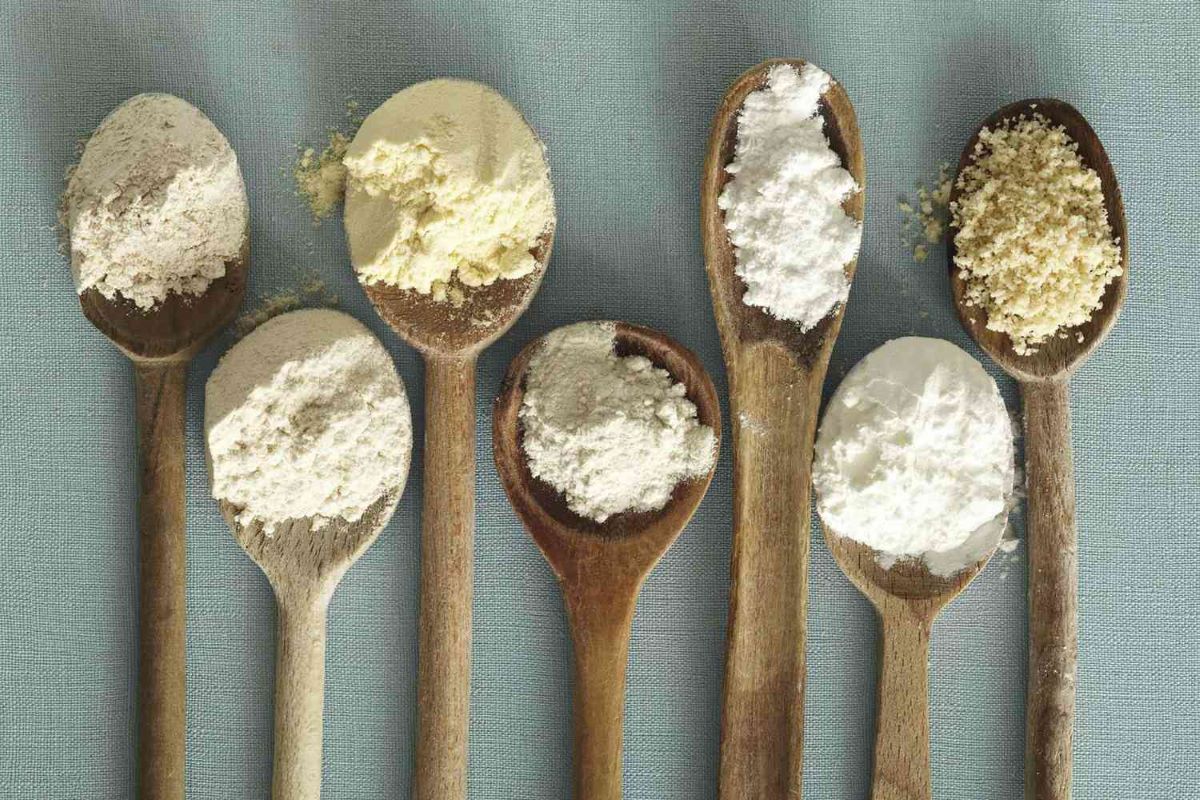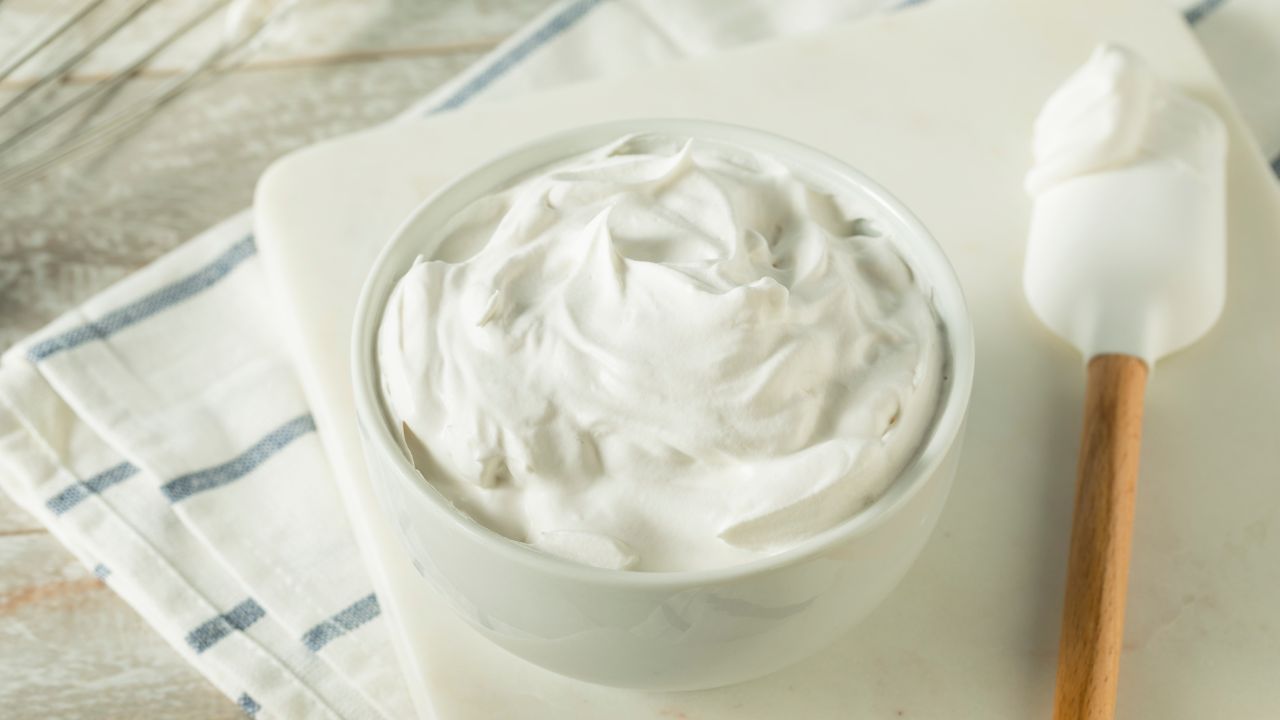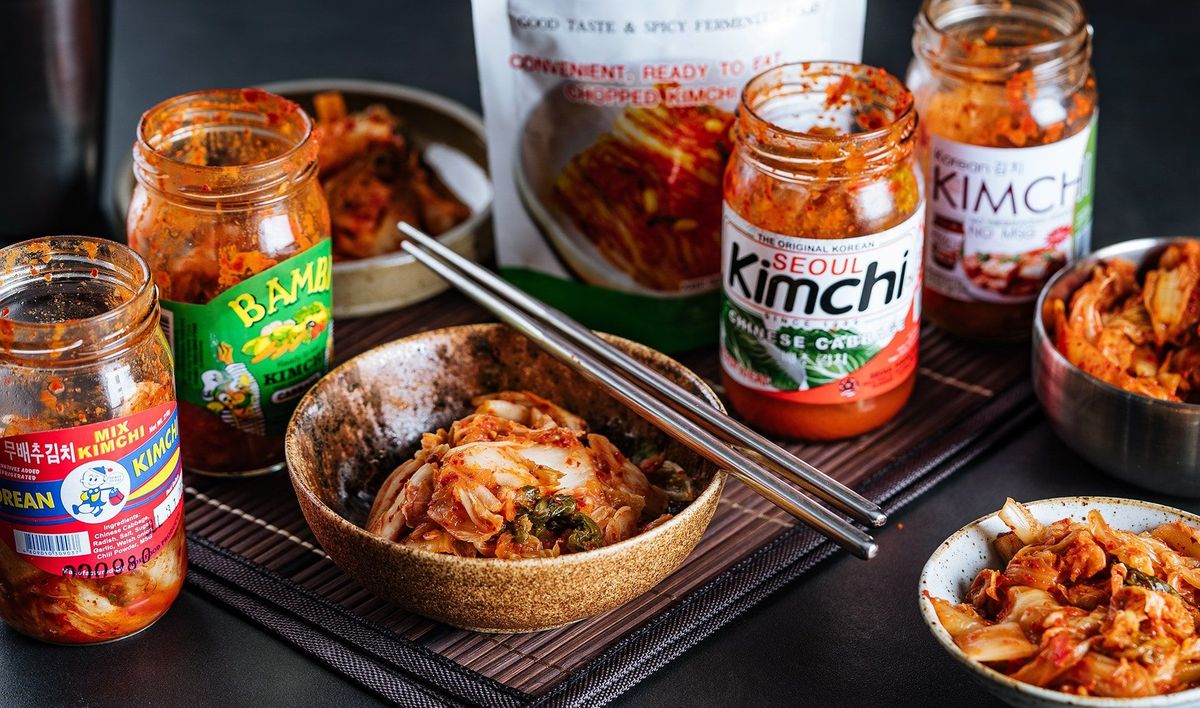The Difference Between Holy Basil and Basil
When it comes to herbs, basil is a well-known and widely used ingredient in many cuisines around the world. However, there is another type of basil that is not as commonly known but is equally as fascinating and beneficial – holy basil. While both holy basil and basil belong to the same family, Lamiaceae, they have some distinct differences that set them apart. Let’s explore the unique characteristics of each and understand the differences between the two.
Basil
Basil, also known as Ocimum basilicum, is a popular herb in Mediterranean cuisine and is widely recognized for its sweet, aromatic flavor. It is commonly used in Italian dishes, such as pasta, pesto, and salads. Basil leaves are bright green and have a slightly peppery taste with hints of clove and anise. This herb is also a key ingredient in various Thai and Vietnamese dishes, adding a fresh and fragrant element to the cuisine.
Key characteristics of basil include:
- Commonly used in Mediterranean and Asian cuisines
- Has a sweet, aromatic flavor with hints of pepper, clove, and anise
- Used in dishes such as pasta, pesto, salads, and soups
- Popular varieties include sweet basil, Thai basil, and lemon basil
Holy Basil
Holy basil, also known as Ocimum tenuiflorum or Tulsi, holds a significant place in Ayurvedic medicine and is revered for its medicinal properties. It is native to the Indian subcontinent and is considered a sacred plant in Hinduism. Holy basil has a slightly spicy and peppery flavor with undertones of clove and citrus. It is often used in teas, tinctures, and herbal remedies due to its potential health benefits.
Key characteristics of holy basil include:
- Highly valued in Ayurvedic medicine and traditional Indian practices
- Has a slightly spicy flavor with hints of pepper, clove, and citrus
- Used in teas, tinctures, and herbal remedies
- Considered a sacred plant in Hinduism
The Differences
While both basil and holy basil belong to the same plant family and share some flavor profiles, they have distinct differences in terms of taste, culinary uses, and cultural significance. Basil is primarily used in cooking, adding a sweet and aromatic flavor to various dishes, while holy basil is more commonly utilized for its potential health benefits and is deeply rooted in traditional Indian culture and medicine.
In summary, basil is a culinary herb known for its delightful flavor and versatility in the kitchen, while holy basil holds a sacred place in Ayurvedic medicine and is revered for its potential healing properties. Both herbs offer unique characteristics and can be enjoyed in different ways, whether through culinary creations or holistic wellness practices.
Next time you come across a recipe calling for basil, consider the type of basil being used and the distinct flavors and benefits it brings to the dish. Whether it’s the familiar aroma of sweet basil in a classic Italian pasta dish or the subtle spiciness of holy basil in a soothing cup of tea, these herbs have much to offer in both culinary and holistic contexts.
Understanding the differences between holy basil and basil allows for a deeper appreciation of their individual qualities and the diverse ways in which they enrich our lives.
Was this page helpful?
Read Next: What Is Honeycomb Candy

